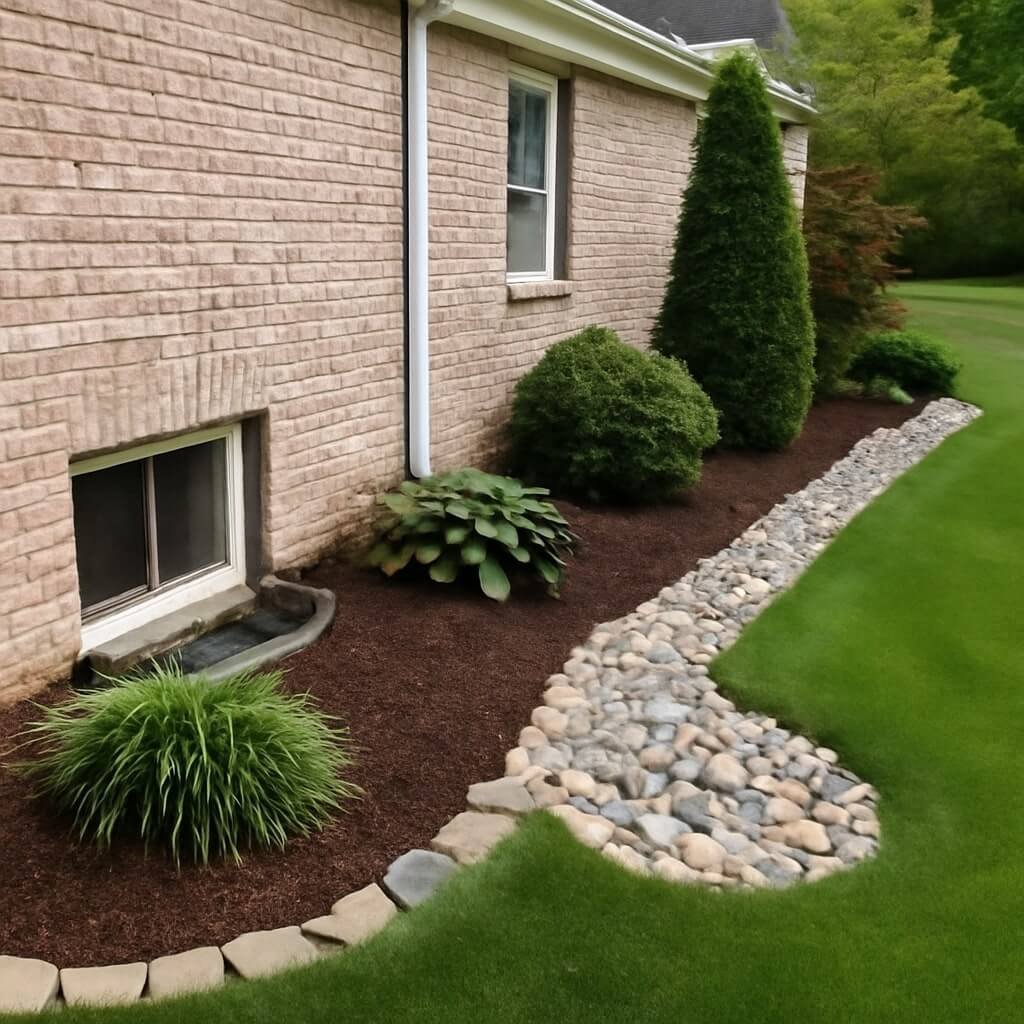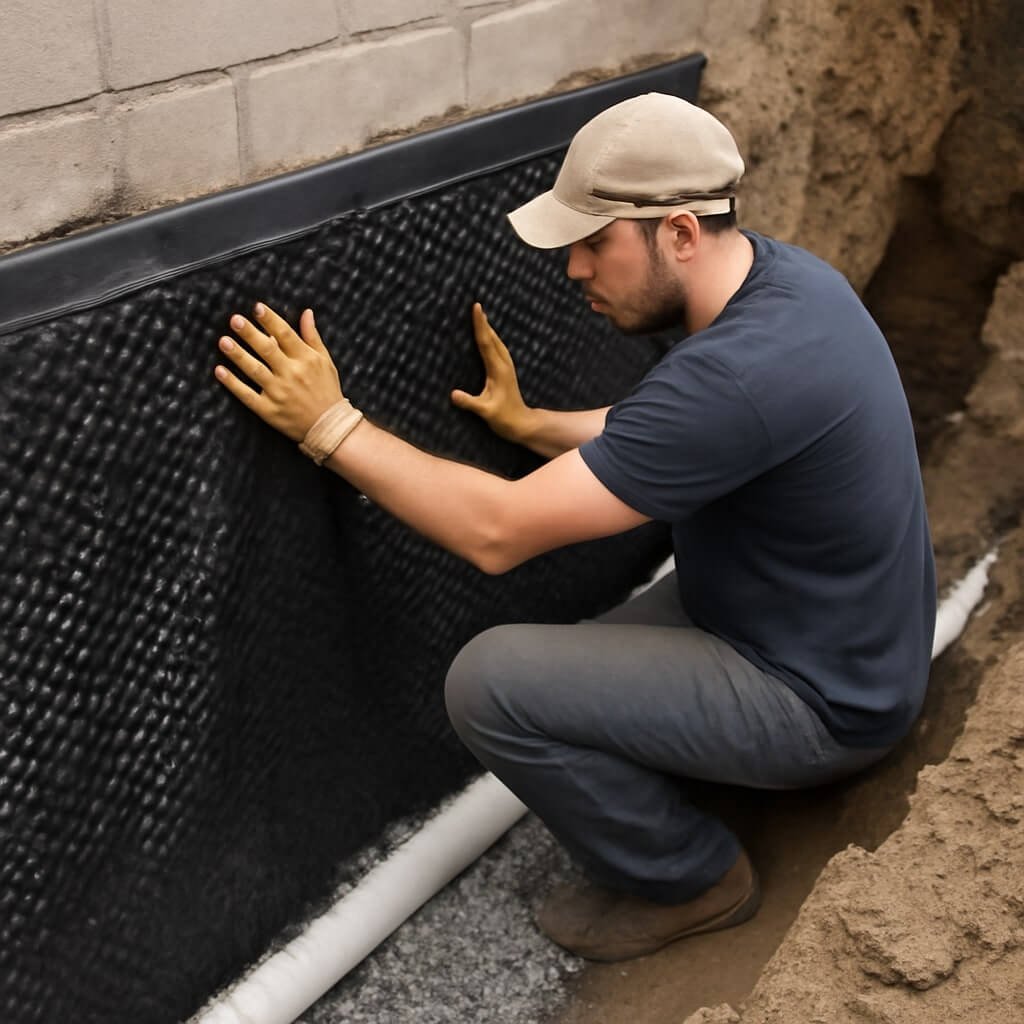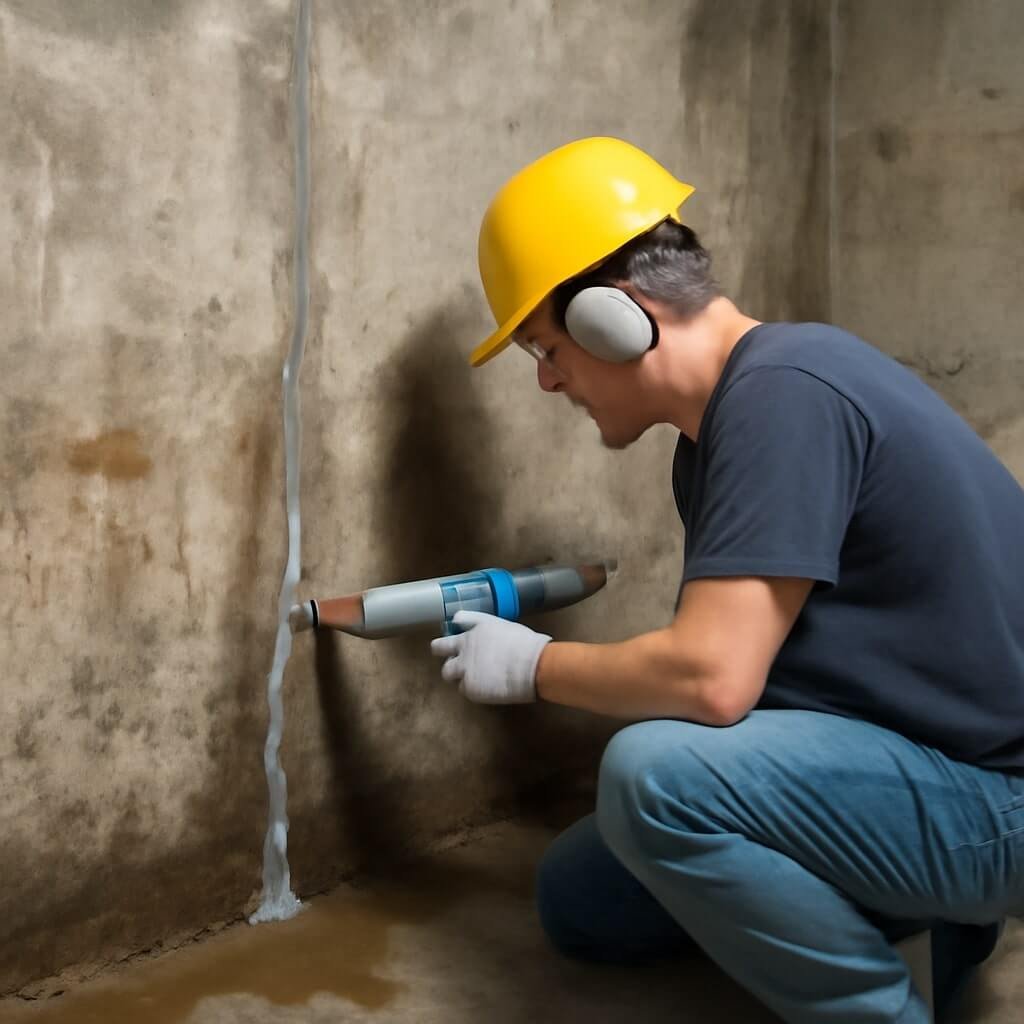Water intrusion in basements is a common problem that many homeowners face. It can lead to structural damage, mold growth, and costly repairs. The good news? Thoughtful landscaping can significantly reduce basement water issues by managing water flow and drainage effectively. This comprehensive guide dives into landscaping ideas to prevent basement water issues, ensuring your home stays dry and safe.
Understanding Basement Water Issues and Their Causes
Before diving into landscaping solutions, it’s important to understand why basements get wet in the first place.
Common Sources of Basement Water Intrusion
Basements usually experience water problems due to:
- Poor grading around the home causing water to flow toward the foundation
- Inefficient or clogged gutters and downspouts
- Cracks or openings in the foundation walls
- High water tables or heavy rainfall saturating the soil
- Improper drainage systems
Understanding these causes helps you implement landscaping strategies that tackle the root of the problem.
How Landscaping Can Help Prevent Basement Water Problems
Landscaping isn’t just about aesthetics; it’s a functional tool to direct water away from your home’s foundation.
The Role of Proper Grading and Drainage
One of the most effective landscaping ideas to prevent basement water issues is ensuring the ground slopes away from your house. Proper grading directs water runoff toward designated drainage areas, preventing pooling near the foundation.
Using Plants and Vegetation to Control Water Flow
Certain plants absorb significant amounts of water, reducing runoff and soil saturation. Strategically planting these can help maintain drier soil around your basement walls.
Top 15 Landscaping Ideas to Keep Basement Water Out
1. Create a Graded Slope Away from Your Foundation
Ensure that the soil around your home slopes at least 6 inches downward over the first 10 feet. This slope directs rainwater away, reducing the risk of seepage.
2. Install a French Drain System
French drains are trenches filled with gravel and perforated pipes that channel water away from your foundation. They are highly effective in managing groundwater.
3. Use Rain Gardens to Absorb Excess Water
Rain gardens are shallow, planted depressions designed to collect and absorb runoff water from roofs, driveways, and lawns.
4. Maintain Gutters and Downspouts
Clean gutters regularly and extend downspouts at least 4 to 6 feet away from your home to prevent water accumulation near your basement.
5. Build a Dry Well for Water Collection
Dry wells are underground structures that collect and disperse excess water into the ground, away from your foundation.
6. Choose Water-Absorbing Plants Near Your Home
Plants like ferns, hostas, and ornamental grasses thrive in moist conditions and help soak up excess water.
7. Apply Permeable Paving Materials
Using permeable materials for driveways and walkways allows water to seep into the ground rather than pooling or running toward your basement.
8. Use Retaining Walls with Proper Drainage
Retaining walls should include drainage pipes or gravel backfill to prevent water pressure build-up behind them, which can cause seepage.
9. Install Window Well Covers
Window wells can collect water, so installing clear covers helps keep rainwater out and prevent basement leaks.
10. Implement Swales for Water Diversion
Swales are shallow ditches that redirect water flow away from your home and into safe drainage zones.
11. Utilize Rain Barrels to Collect Roof Water
Rain barrels collect water from downspouts, reducing runoff volume near your foundation and providing water for your garden.
12. Repair and Seal Foundation Cracks
Regularly inspect your foundation and seal any cracks with appropriate waterproofing materials to keep water out.
13. Use Mulch and Ground Covers to Prevent Soil Erosion
Mulch helps retain soil moisture and reduces erosion, which can otherwise expose your foundation to water problems.
14. Avoid Overwatering Your Landscape
Overwatering lawns and plants near your home can saturate soil and lead to basement seepage. Water only as needed.
15. Regularly Inspect and Maintain Your Landscaping
Consistent upkeep ensures that drainage systems and plantings continue to function correctly to protect your basement.
FAQs About Landscaping and Basement Water Prevention
How does grading impact basement water issues?
Proper grading ensures water flows away from your foundation, reducing the chance of leaks and flooding.
Can plants really help prevent basement water problems?
Yes, certain water-loving plants absorb excess moisture and help reduce soil saturation near your home.
Q3: What is a French drain, and how does it work?
A French drain channels groundwater away from your foundation through a gravel-filled trench with perforated piping.
Are rain gardens suitable for all yard types?
Rain gardens work best in areas where water tends to collect and can be landscaped to blend naturally with your yard.
How often should gutters be cleaned to prevent basement water problems?
Gutters should be cleaned at least twice a year to prevent blockages and water overflow near the foundation.
Can permeable paving materials help with basement water issues?
Yes, they allow water to infiltrate the ground, reducing runoff and water pooling near your home.
Conclusion: Keep Your Basement Dry with Smart Landscaping
Landscaping ideas to prevent basement water issues offer a proactive approach to protect your home. Combining proper grading, smart plant selection, drainage solutions, and regular maintenance creates an effective barrier against water intrusion. These measures not only preserve your basement’s integrity but also enhance your home’s overall value and curb appeal.




